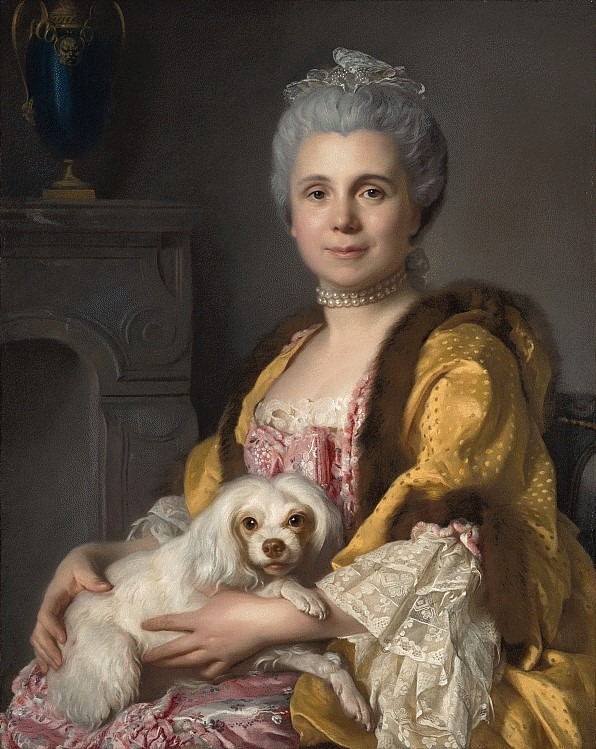My Recent Work
My Recent Work
New Year's Day: Southern Style
Most Americans consider New Year’s Eve the main day to celebrate the closing of the old year and the opening of the new. Many Southerners are just starting to celebrate. In the Deep South, on New Year’s Day, you grab all the good luck you can to last you for the new year. To assure that there is good luck to grab, you need to make up a big batch of Hoppin’ John. There are variations on the theme but here is the tradition handed down to me from relatives in Arkansas and Mississippi.
Do your prep work ahead to make this an easy, two step, one-dish meal. Chop several slices of thick-cut bacon. The all important trinity (celery, onion, and green pepper) comes next. Slice enough celery to equal the amount of bacon. Chop a large, sweet onion. Finely chop a large green pepper. I use jarred chopped garlic, 1 Tbsp. Add chopped fresh thyme, black pepper, cayenne pepper, and salt to taste. Now, add all this savory goodness to the frying pan and sauté with 4 Tbsp butter. Stir it all gently and watch everything begin to glisten. Be prepared for wonderful aromas to rise.
Transfer everything to a cast iron Dutch oven. It might seem as though the bacon is enough for this dish, but, the Low Country side of me remembers to add two smoked ham hocks to the pot along with the 6 cups of fresh or frozen black-eyed peas, which is where good luck comes in. This is a main course, not a side dish! Add 8 cups vegetable stock to the pot, stir, taste for seasonings, and adjust as needed. Set the cooktop on high to boil the Hoppin’ John then reduce it to simmer for 1 hour.
Hoppin’ John recipes call for rice, especially Carolina Gold rice. Amazon carries it if your local market doesn't. Carolina Gold has a sweet, nutty flavor that melds well with the smoky ham hock. The rice should be toasted in a separate pan. Once the rice is fragrant, cook it according to package instructions. Gently fold the rice into the pea mixture. Add or subtract cooking liquid to your taste. Use two forks to shred the meat from the ham hocks.
Now, assemble the other good luck ingredients that round out the meal: golden baked cornbread muffins and a fresh spinach salad. Gold and green for prosperity. Serve the Hoppin’ John in large soup bowls and the muffins on bread plates. Be sure to tuck a silver coin under each muffin. Use a lemon vinaigrette for the salad or Green Goddess dressing. If you have leftovers, serve them the next day as Skippin’ Jenny.
Cherry cobbler is my favorite dessert for this Deep South dinner.
Now you have luck and prosperity to start out your new year!
Joseph Siffred Duplessis (1725 -1802)
Joseph Siffred Duplessis received his earliest instruction from his father. When his father decided that Duplessis had gone as far as he could take him, Duplessis moved to Rome in 1744. There Pierre Subleyras took the 19 year old under his wing and provided tutoring in portraiture to the young man. Duplessis built a large following, becoming very popular and wealthy. Duplessis was commanded to become the French King’s painter. Knowing better than to refuse, Duplessis moved to Paris. He was elected to the Academie Royale in 1764. Because of his popularity, Duplessis could pick and choose which commissions to take. He was strictly a portraitist, having no interest in landscapes or history painting. The members of the Royal Court wanted him to paint their portraits too. Duplessis became a real rainmaker during his career at court. Most commonly, he painted the half length of the sitter but ultimately went to the 3/4 length. This gave sitters the opportunity to wear their fanciest clothes which were just as important as the subject. During this era, Benjamin Franklin was appointed American ambassador to France. His mission was to convince the French to aid their brothers in freedom with gold and silver. As a consequence, the King’s portraitist, Duplessis, was assigned to paint Franklin several times over the course of his stay. Once he used pastel for a portrait and that is his only work in that medium. Franklin appealed to both the American and French people, so much so that in 1934, the Federal Reserve engraved Franklin’s portrait, by Duplessis, on the $100 bill.

